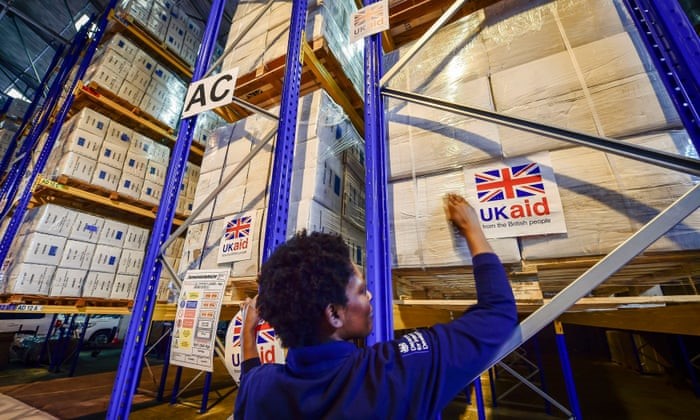OXFAM IS CALLING on the UK government urgently to step up its funding to East Africa as five consecutive seasons of drought exacerbated by conflict, disease and soaring food prices continue to propel parts of the region towards the brink of famine.
With people facing the worst drought in living memory, Oxfam warns the UK government is turning its back on the hunger crisis at the most critical time.
In Somalia, the latest figures show that the number of people in famine-like conditions is expected to more than double to nearly quarter of a million in the first half of this year. Projected funding shortfalls also mean the number of people reached with humanitarian assistance in Somalia could fall by more than half – from 6.2 million to 2.7 million people per month between April and June. This year it is estimated that 1.8 million children under five will be at risk of severe malnutrition.
The call for funds comes as Oxfam launches its F to Famine campaign to put the spotlight on the hunger crisis in East Africa and highlight that famine should not be a word heard in 2023.
Oxfam GB chief executive Danny Sriskandarajah said: “With severe cuts to the UK aid budget and no figures currently confirmed for the next financial year, the Government is wilfully turning its back while people in East Africa are paying the price with their lives. Is the UK really going to stand idly by while people starve? Without an urgent and major increase in aid, many more people will die.
“People are starving not because the world lacks food or money but because of political failure. Famine is never inevitable. We know from past experience that if sufficient aid is delivered, famine can averted. It is beyond offensive that famine is still a word we hear in 2023.”
As parts of Somalia, Kenya and Ethiopia enter an expected sixth failed rainy season – the longest on record – and South Sudan, suffers a fifth consecutive year of severe flooding, 29 million people across the region are already experiencing severe hunger. In Kenya data shows an unprecedented deterioration in the country’s food security situation with the number of people facing severe hunger expected to rise by one million (from 4.4 million to 5.4 million) between March and June this year.
In South Sudan, an estimated 7.76 million people (63 per cent of the population) are expected to face severe food insecurity in the coming lean season between April to July – including 43,000 people likely to face famine conditions.
Last year, the UK confirmed an allocation of just £156 million in humanitarian aid for East Africa, less than a fifth (18 per cent) of the £861million provided in 2017-8 during the region’s last major hunger crisis which helped avert a widespread famine. Only 20 per cent of the UN $7 billion appeal for Ethiopia, Kenya and Somalia has been funded to date.
While famine has so far been narrowly averted in Somalia, mostly due to an increase in humanitarian response, the situation remains perilous. The Integrated Food Security Phase Classification (IPC) warns that the risk of famine is still a credible threat. Another season of below-average rainfall is expected from April to June and funding from the United States, the single largest donor of humanitarian aid to the country is expected to fall sharply.
People are already dying from hunger, malnutrition, and disease and the devastating death toll is only compounded the longer the crisis goes on. The drought has caused crop failures and livestock deaths on a mass scale. Millions of people have lost their sources of income and food.
One in five people across Kenya, Somalia and Ethiopia do not have enough safe drinking water. Up to 90 per cent of water boreholes in parts of Somalia, Northern Kenya and Southern Ethiopia have entirely dried up. In some areas the cost of water has increased by as much as 400 per cent since January 2021, making what little water remains out of reach for the millions of people already facing acute hunger.
Khadra Omar from Mogadishu said: “People are now risking their lives consuming dirty water as a result of the drought. The past droughts were not this bad, we were able to get water but in this one, it has been impossible to get water, everything has dried up and the water that is available is very expensive for us to afford, people are now dying because of thirst.”
A report from the Somali government and UN last month estimated that around 43,000 people may have died in Somalia last year following the drought – with half of the fatalities thought to be children under five.
OXFAM

